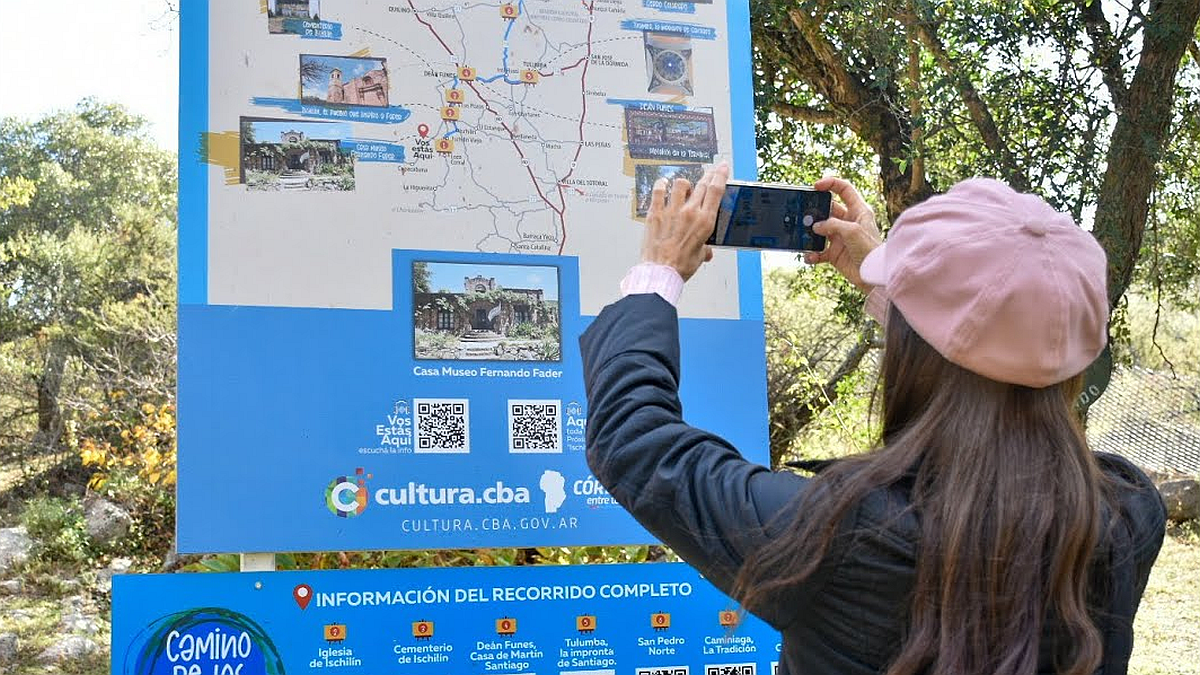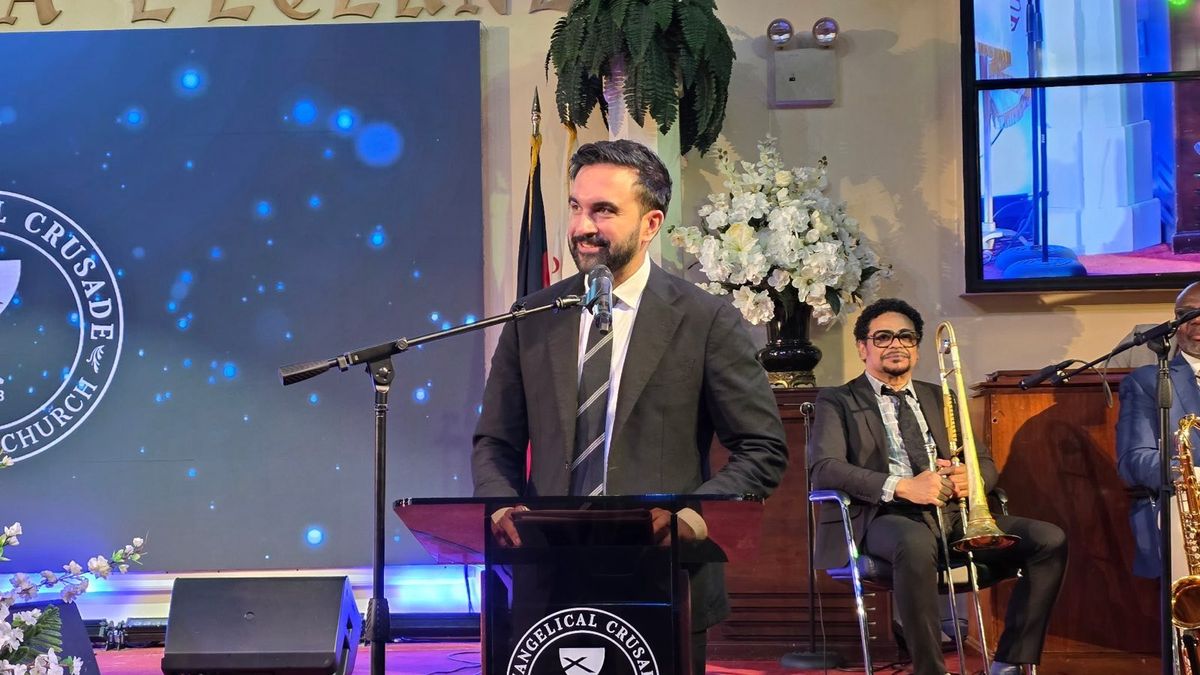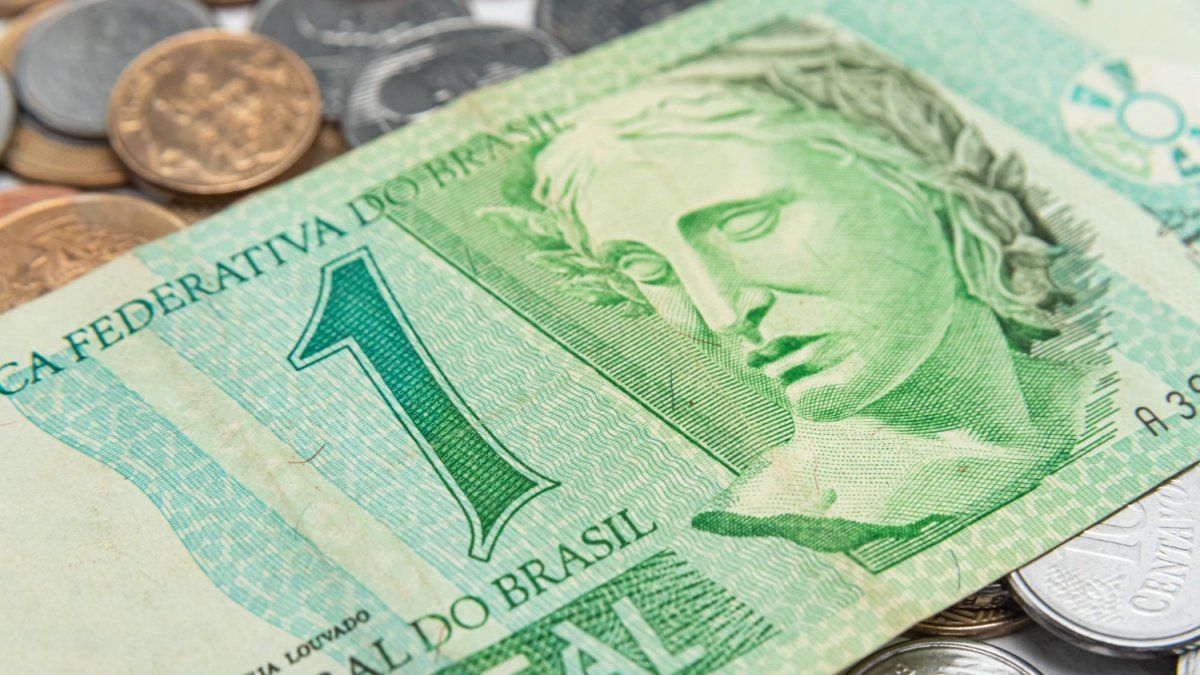Mountains, rivers, lakes, mountains, streams. Talk about the province of Córdoba is to refer to its immense and outstanding number of landscapes, but also to its culture. And art is part of that heritage. That is why the Path of the Painters It is positioned as one of the most innovative proposals for the summer season.
He Path of the Painters It is a route of approximately 100 kilometers, through the works of the most important impressionist painters in the north of Cordova. It consists of eight points of historical and artistic interest in the departments of Ischilín, Tulumba and Río Secowhich highlight the important pictorial tradition of the region.
Path of the painters of Córdoba map
Visitors can access there a signage system with maps and QR codeswhich indicate through videos and podcasts the destinations, their history, their landscapes and the experiences of the artists, ranging from Fernando Fader and his only disciple Martin Santiagoto more current ones, such as Mario Sanzano, Alberto Hornet, Sergio and Teco Díazamong others.
Thus, each visitor can feel part of the works of these references of Argentine culture by knowing the settings that served for their paintings, engravings, drawings, sculptures and more. The added value of this walk, then, is that tourists can immerse themselves in a unique natural environment, which was and is the main source of inspiration for these artists.
What the Painters’ Path includes
The first destination of Path of the Painters is Corral Earthenwareeight kilometers from Ischilín. There you can visit the Fernando Fader House Museumin what was the home of the famous plastic artist. The place houses personal effects, furniture, photographs, and work items that Fader used during his residence in this area in northern Córdoba, which later became a museum.
Fernando Fader House Museum Córdoba
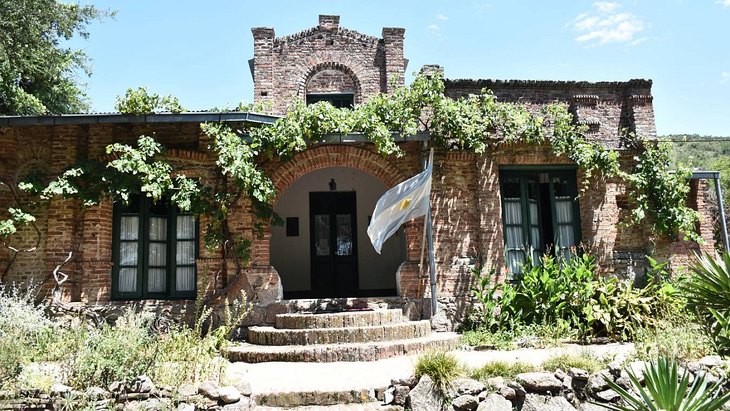
Fader lived there between 1916 and 1935 and, between those years, he captured in his paintings the rugged beauty of the local landscape that deeply marked him since his arrival there. The house was designed by the painter himself on stepped gardens, and has an irrigation system, which the artist also designed.
The next stop is at Ischilina small town that seems to be stuck in colonial times, about twenty kilometers south of the city of Deán Funes. Among its small streets, old buildings of high historical value stand out, such as the school Fernando Fader. Furthermore, it is in the Villa de Ischilín cemetery where the painter’s remains rest.
Upon arriving in Deán Funes, the obligatory visit includes cultural spaces and museums. One of them is the Archaeological, Paleontological and Historical Museumwhich reflects the history of the city, from prehistory – where remains of a glyptodont stand out –, through the Ayampitín era and culminating in the milestones of the birth of Deán Funes as he is known today.
In the same city is the Martín Santiago House Museumwhich houses the unique works of the Deanfunense artist. It is the old house that this creative lived in, completely restored. It houses paintings of this reference that was characterized by its artistic and social commitment. Those who want even more can go to the local bus terminal, where they can see their creations on one of the sides, made in ceramic murals.
Martín Santiago House Museum
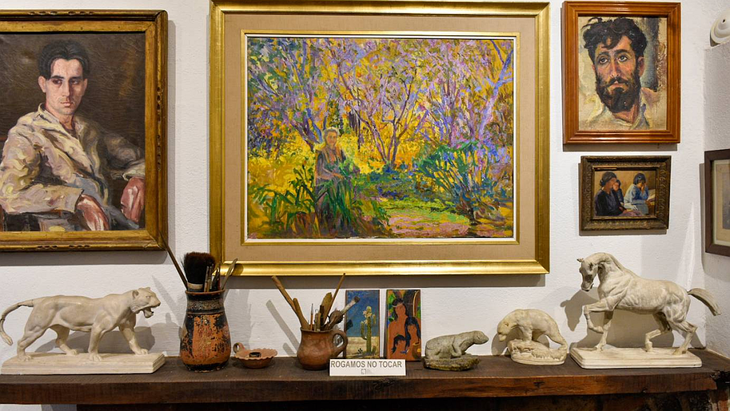
From there, tourists who make the Path of the Painters can continue until Villa Tulumba, which was awarded as one of the most beautiful towns in the worldin the Best Tourism Villages contest, promoted by the UN. It is one of the oldest towns with the greatest identity in the province: it has more than 400 years of history and the imprint of Martín Santiago stands out there. In the heart of the historic center of Villa Tulumba are the “four corners”, a charming place that served as inspiration for many artists.
The Our Lady of the Rosary Churchbuilt in 1881, has colorful murals of Martin Santiago dating from 1957 and with the baroque tabernacle of Jesuit art from the 17th century in a single piece, made of Paraguayan cedar painted in gold leaves, made by the Guaraníes of the missions for the Company of Jesus in Córdoba.
In San Pedro North177 kilometers from the city of Cordovatourists can enjoy firsthand this town that numerous painters and artists immortalized in their works, reflecting the beauty of its privileged landscapes. One of the must-sees is the Our Lady of Mercy Churchwhich combines Gothic architecture with colonial style and has an elevated cross. In addition, in the place you can see other historical buildings that are more than 200 years old.
Our Lady of Mercy Church San Pedro Norte Córdoba
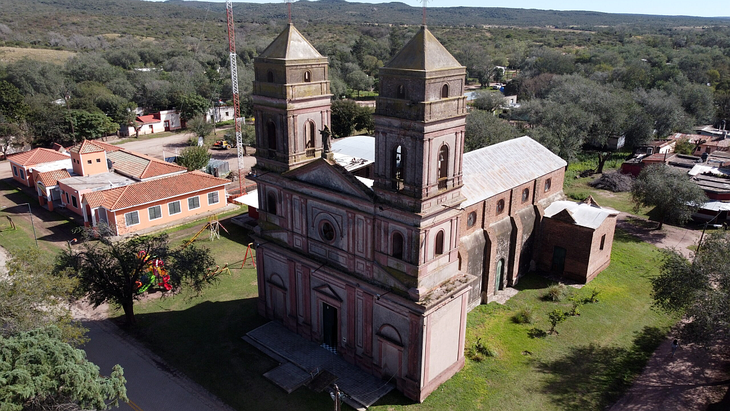
Caminiagameanwhile, where the arid and flat landscape contrasts with its intense colors, is another of the stops, chosen for having inspired prestigious artists. Its historical value, furthermore, is fundamental: it is one of the towns of the Camino Real that united the viceroyalty of the Río de la Plata with Upper Peru.
Finally, in the famous Colorado Hill closure is given to Path of the Painters. The proposals there are multiple: among others, the archaeological sites with the most important cave paintings in Argentinathe unique reddish landscapes and the House Museum of Atahualpa Yupanqui, of the renowned singer, composer and writer who forever honored the place with his “Chacarera de las piedras”.
Source: Ambito
I am Pierce Boyd, a driven and ambitious professional working in the news industry. I have been writing for 24 Hours Worlds for over five years, specializing in sports section coverage. During my tenure at the publication, I have built an impressive portfolio of articles that has earned me a reputation as an experienced journalist and content creator.

